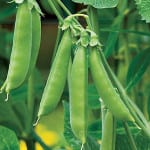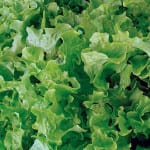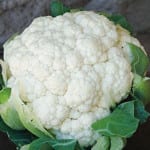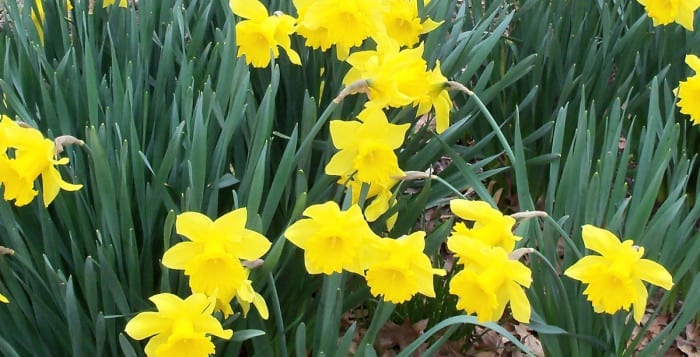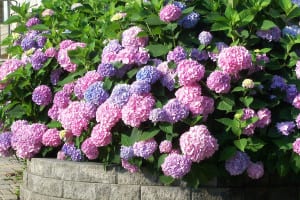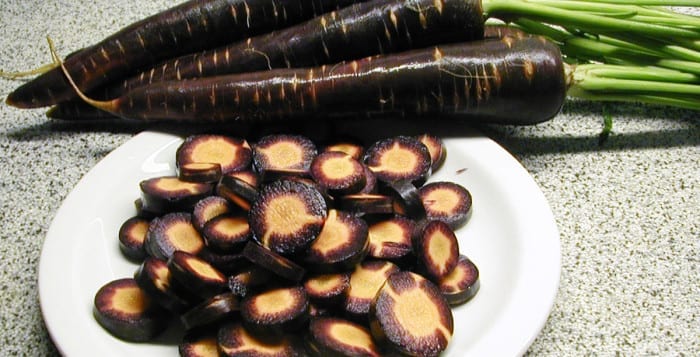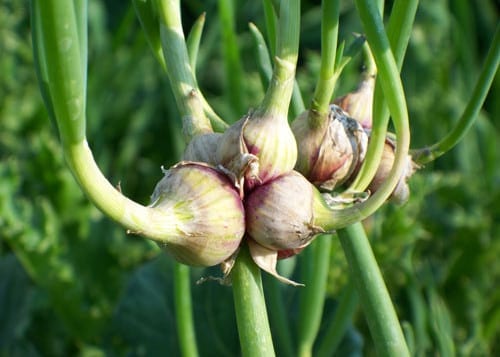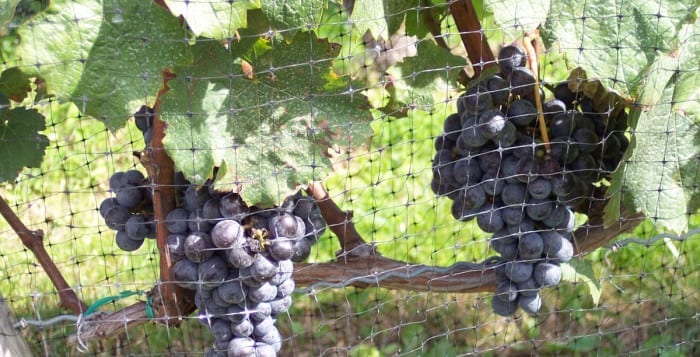By Ellen Barcel
Now that the nice weather is just around the corner, you’re probably thinking of enjoying outdoor living. Landscaping involves plants, but you also need some beautiful hardscaping, that is, a porch, deck or patio. Each has its pros and cons and works well in different situations. Here’s an overview of each.
Porches
Porches are generally raised structures, which run across the front of the house, usually with a cover. Porches are frequently made of wood but can also be made of concrete and brick. Since they are raised, they can have a storage area underneath them. This storage area can be open, closed in with a low trellis or completely closed in with a door. Porches add to the curb appeal of the front of a house as well as adding living space. Add a small outdoor table, a pair of chairs and some plants and the effect is quite charming.
Porches look particularly nice on Victorian and colonial style houses. Porches with a cover have the advantage of allowing for outdoor living even on a rainy summer day. The cover also helps keep blown debris from collecting on it. If you are concerned that the porch cover may block some of the sun from the room behind it, there is an easy solution — consider adding a light tube or skylight to that room. Porches need a railing around them, so no one accidently slips and falls. Hanging baskets of colorful flowers can be suspended from the porch cover. Porches may need to be painted or stained periodically, depending on the choice of materials.
Patios
 Patios are built at ground level and lead out of the back of a house. They have basically the same benefits as decks do. One advantage of patios is that made of cement, stone, slate or other hard material, they need virtually no maintenance. If a weed barrier is placed under the stone or slate, you don’t even need to spray to keep weeds from popping up between the stones. Since patios are at ground level, they do not need a railing around them. Don’t forget to add some lighting so you can enjoy your patio in the evening. Patios can be built so they blend into the deck of an in-the-ground swimming pool if you have one.
Patios are built at ground level and lead out of the back of a house. They have basically the same benefits as decks do. One advantage of patios is that made of cement, stone, slate or other hard material, they need virtually no maintenance. If a weed barrier is placed under the stone or slate, you don’t even need to spray to keep weeds from popping up between the stones. Since patios are at ground level, they do not need a railing around them. Don’t forget to add some lighting so you can enjoy your patio in the evening. Patios can be built so they blend into the deck of an in-the-ground swimming pool if you have one.
Decks
Decks are generally open wooded structures, usually accessible from the back of the house. Think lounge chairs and flower boxes when you think of decks. This is a great place for outdoor living, enjoying meals outside, reading a book or even watching TV. One advantage of decks is that there is a certain amount of give in wood, meaning that standing for any length of time is easier on the legs. Since decks are elevated, you get a better view of the surrounding yard, kids playing, etc. Decks are ideal especially if you live in a split level or high ranch house. As with a porch, decks need a railing around them so no one slips. Deck railings are a great place to grow colorful annuals in appropriate flower boxes.
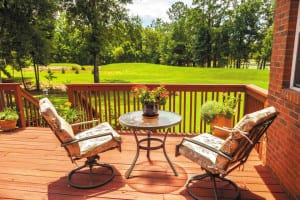 The main disadvantage of a deck is that the wood needs to be treated periodically so it will not decay. If this is not done, you will find yourself doing more frequent repairs. However, you can get around this by using man-made “wood,” which lasts much longer.
The main disadvantage of a deck is that the wood needs to be treated periodically so it will not decay. If this is not done, you will find yourself doing more frequent repairs. However, you can get around this by using man-made “wood,” which lasts much longer.
However, before you make any decisions on whether you want a porch, a deck or a patio, check with your local building department. In some areas, you need a building permit no matter what you add; in some you need a permit if the structure is physically attached to the house or has a concrete footing. In other cases, a patio set in sand doesn’t require anything and doesn’t affect your taxes, while one set in concrete may require a permit and may add to your property taxes. There may also be limits on sizes of the additions. For example, a porch may only be allowed to extend so many feet out from the main structure. So get all the facts.
If you don’t have any electric connections outside your house — this is especially true of older homes — have an electrician come and install at least one in the front and one in the back. If you’re adding a water feature, check with the electrician to see if this is enough or if you need a special electric connection designated just for that feature.
Whatever you decide, you’ll find that adding a deck, patio or porch to your home provides you with years of outdoor enjoyment as well as adding to the value of your home.

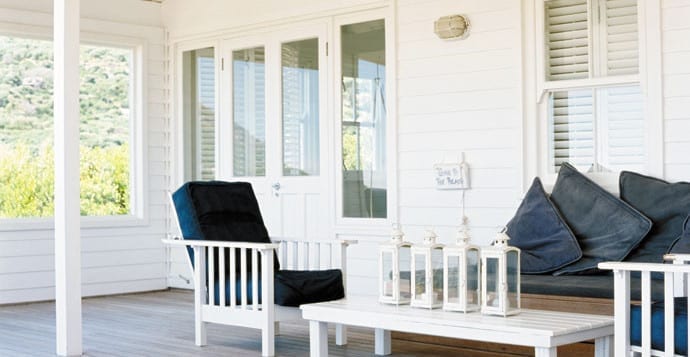
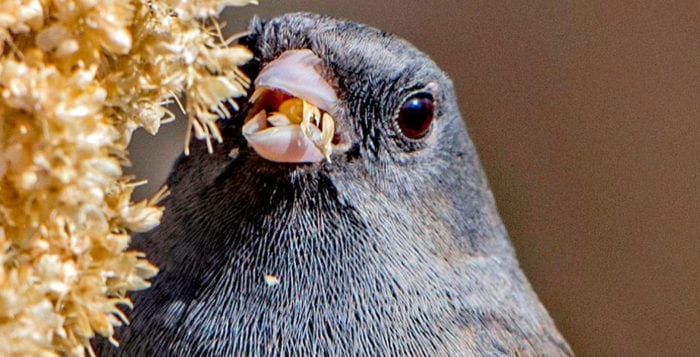
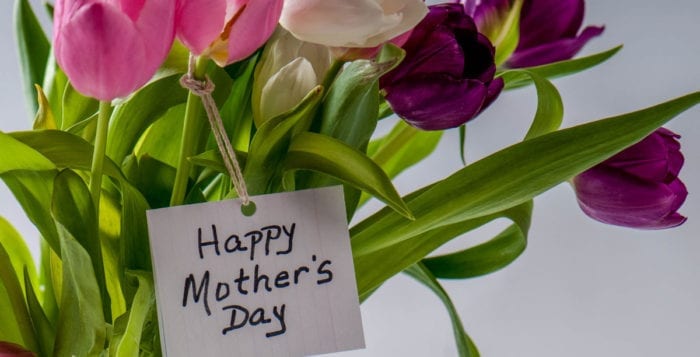
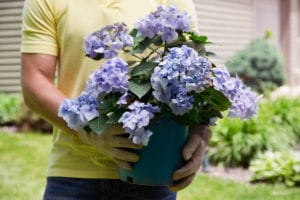
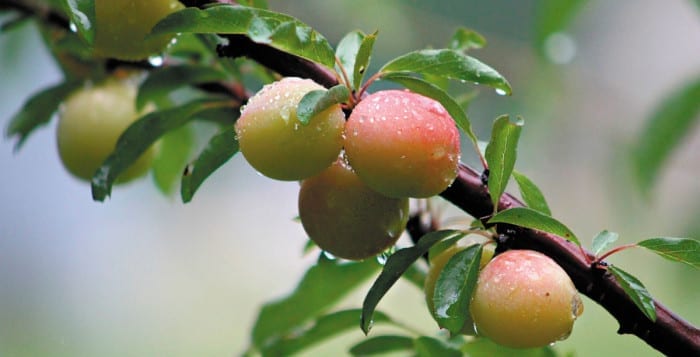
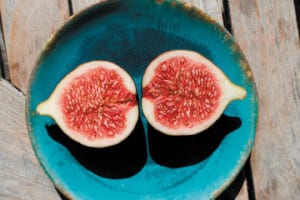 Now, for some unusual fruits to look into:
Now, for some unusual fruits to look into:
